Let’s embark on a delightful journey into the world of easy science activities for preschoolers.
Our focus will be on engaging, low-prep activities & games, most of which you can readily find at home or in the classroom.
From exploring the wonders of water and bubbles to the mysteries of light and shadows, each activity is tailored to not only entertain but also educate young kids.
So, grab your lab coats (or aprons) and get ready to dive into a world of discovery and fun with your preschoolers.
Sensory Bins:

Sensory bins for 1 & 2 year olds are a great way to help preschoolers explore their senses and learn about different materials. Fill a bin with items like sand, water beads, or dried beans, and let the children play and explore.
Nature Walks:
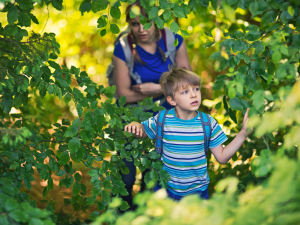
Take the children on a nature walk and encourage them to observe and collect items from nature like leaves, rocks, and flowers. You can talk about the different colors, textures, and shapes of the items they find, and how they are all part of the natural world.
Kitchen Science:
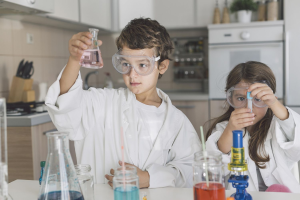
You can teach preschoolers about the properties of different materials by doing simple experiments in the kitchen. For example, you can mix baking soda and vinegar to create a fizzy reaction, or freeze water and observe how it changes state from liquid to solid.
Animal Observations:

Take the children to a petting zoo or aquarium and encourage them to observe and interact with the animals. You can talk about the different features of the animals, their habitats, and their behavior.
Shadow Play:
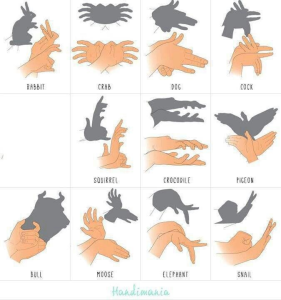
Use a flashlight to create shadows on a wall or a sheet and encourage the children to create different shapes and figures with their bodies. You can talk about how shadows are created and how they change based on the position of the light source.
Color Mixing:
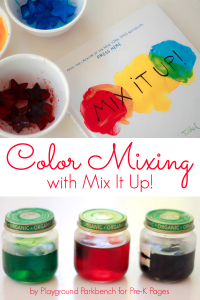
You can teach preschoolers about primary colors and color mixing by using food coloring and water. Encourage them to mix different colors and observe how they create secondary colors.
Sink or Float:

Fill a basin with water and different objects of varying weights and sizes, and encourage the children to predict whether the objects will sink or float. You can talk about the properties of the objects that make them sink or float.
Magnetic Exploration:

Provide the children with magnets and different materials like paper clips, coins, and buttons, and encourage them to explore what sticks to the magnets and what doesn’t. You can talk about how magnets work and how they are used in everyday life.
Cloud Observations:
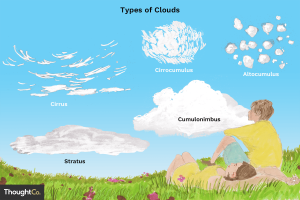
On a cloudy day, take the children outside and encourage them to observe and describe the different types of clouds they see. You can talk about how clouds are formed and what they can tell us about the weather.
Gardening:
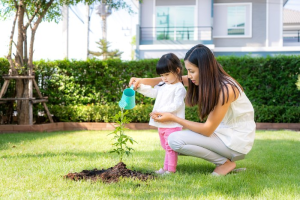
Planting and caring for a garden can teach preschoolers about the life cycle of plants and the importance of taking care of the environment. You can talk about how plants grow, the different parts of a plant, and how plants help us by producing oxygen.
Bubble Experiments:
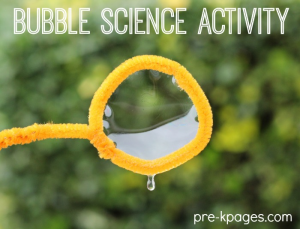
Mix dish soap and water to create bubbles, and encourage the children to experiment with different objects like straws and cookie cutters to create different bubble shapes. You can also talk about the properties of bubbles and how they are formed.
Ice Experiments:

Freeze water in different shapes and sizes and let the children observe how it changes from a solid to a liquid. You can also encourage them to experiment with adding salt or food coloring to the ice.
Shadow Tracing:
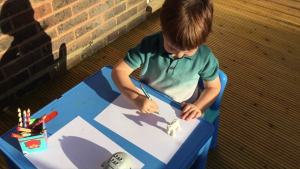
Use a projector or a bright light to cast shadows on a piece of paper, and encourage the children to trace the shadows. You can talk about how shadows are created and how they can be used to create art.
Density Experiments:
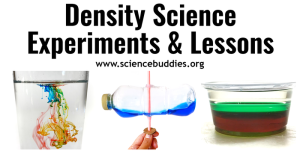
Fill a clear container with different liquids like water, oil, and syrup, and encourage the children to observe how the liquids layer on top of each other based on their density. You can also talk about how density affects the buoyancy of objects.
Magnetic Sculptures:

Provide the children with different magnets and small metal objects like paper clips and screws, and encourage them to create sculptures and structures. You can talk about how magnets attract and repel each other.
Solar System Exploration:
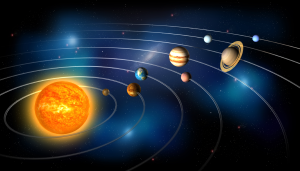
Use pictures or models of the solar system to teach preschoolers about the different planets, their sizes, and their distance from the sun. You can also talk about the moon and its phases.
Seed Germination:

Plant seeds in a clear container with soil and water, and encourage the children to observe how the seeds sprout and grow into plants. You can talk about the different parts of a plant and what they need to grow.
Static Electricity Experiments:
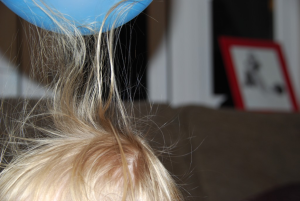
Rub a balloon on a wool sweater or a piece of hair, and encourage the children to observe how it creates static electricity. You can also experiment with different materials and see which ones create the most static.
Sound Experiments:
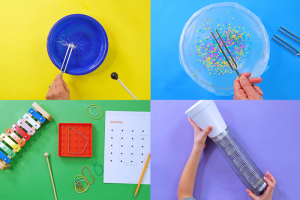
Use different objects like bells and drums to create different sounds, and encourage the children to experiment with different ways of making noise. You can also talk about how sound travels through the air.
Wind Experiments:

Use a fan or a wind tunnel to teach preschoolers about the properties of wind and how it affects objects like kites and pinwheels. You can also talk about different types of wind like breezes and gusts.


